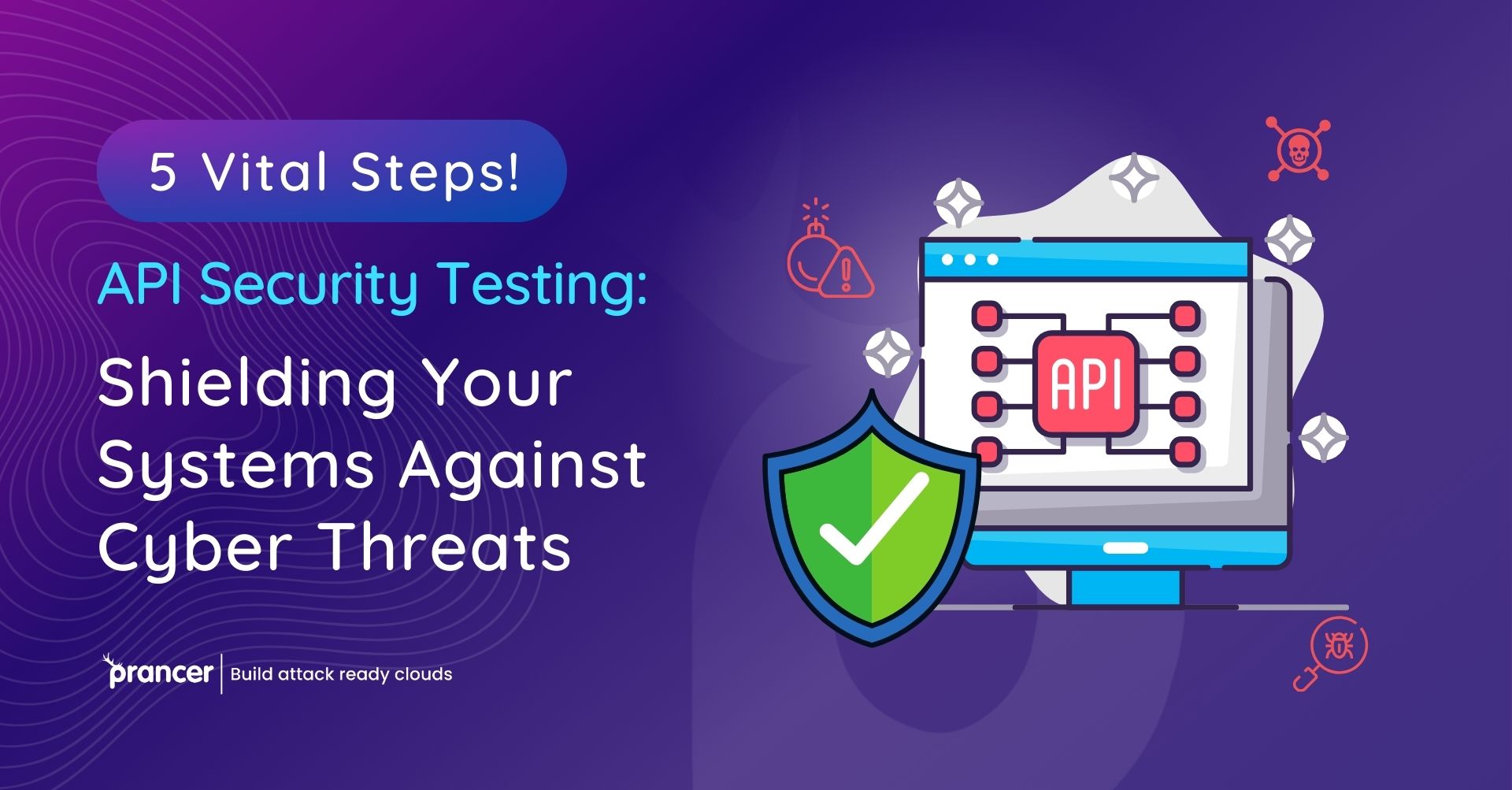The modern era of cybersecurity is both intricate and dynamic, demanding meticulous strategies to combat potential threats. One such indispensable strategy is API security testing. This vital tool ensures that application programming interfaces (APIs), integral components in today’s digital world, stand resilient against vulnerabilities. Dive into this blog post to unravel the significance of API security testing, its crucial steps, and the instrumental role of Prancer in enhancing its efficiency through automation.
API Security Testing: Strengthening the Digital Backbone
In our digital age, APIs act as connectors, facilitating seamless interactions between applications. Their pivotal role, however, brings them into the crosshairs of cyber attackers. API security testing, thus, emerges as a quintessential protocol to gauge the fortitude of your APIs against these looming cyber threats.
Embarking on a Comprehensive API Security Testing Journey: 5 Essential Steps
- Diving Deep into API Documentation: The cornerstone of robust API security testing lies in meticulously analyzing the API documentation. Understand your API’s intricate nuances – from endpoints and request methods to expected responses, paving the way to pinpoint potential frailties.
- Testing Authentication and Authorization Mechanisms: Zero in on the robustness of your authentication and authorization strategies. This step is vital to ensure that only those with valid credentials can engage with the API.
- Ensuring Impeccable Input Handling: Dive deep into the API’s strategy for managing user inputs. Effective input validation combined with diligent data sanitization can ward off threats like injection attacks and data compromises.
- A Thorough Security Configuration Review: Delve into security configurations such as encryption techniques, token strategies, and data protection protocols. Ensuring these configurations are airtight is crucial for safeguarding sensitive data, both in transit and at rest.
- Assessing Third-Party Dependencies: With APIs often leaning on third-party integrations, a rigorous assessment of these external components becomes imperative. This step ensures no backdoor vulnerabilities get a chance to jeopardize your API.
Prancer’s Role in Elevating API Security Testing through Automation
Revolutionizing Security Protocols
Prancer, a name synonymous with cutting-edge cybersecurity, amplifies API security testing through its automated penetration testing prowess. By championing automation, Prancer not only expedites the testing process but also ensures exhaustive vulnerability detection while minimizing human inaccuracies.
Benefits of Prancer’s Approach
- Harmonizing automated testing techniques with the latest hardware and software.
- Leverage expansive attack signature repositories to discern vulnerabilities with precision.
- Flawless compatibility with diverse platforms, especially cloud architectures like AWS.
- Sophisticated report generation, translating complex data into actionable insights.
Conclusion: Building an Impenetrable Digital Shield
In an age where cyber adversaries wield sophisticated tools, API security testing stands as an imperative shield. By adhering to the aforementioned steps, organizations can ensure their APIs remain formidable and unyielding. Prancer, in this narrative, reiterates its dedication to pioneering cybersecurity. Through its state-of-the-art automated mechanisms, Prancer empowers organizations to confidently traverse the intricate terrains of cybersecurity. In aligning with Prancer’s avant-garde solutions, organizations can not only fortify their API security testing protocols but also secure their broader digital landscape against menacing cyber threats.


